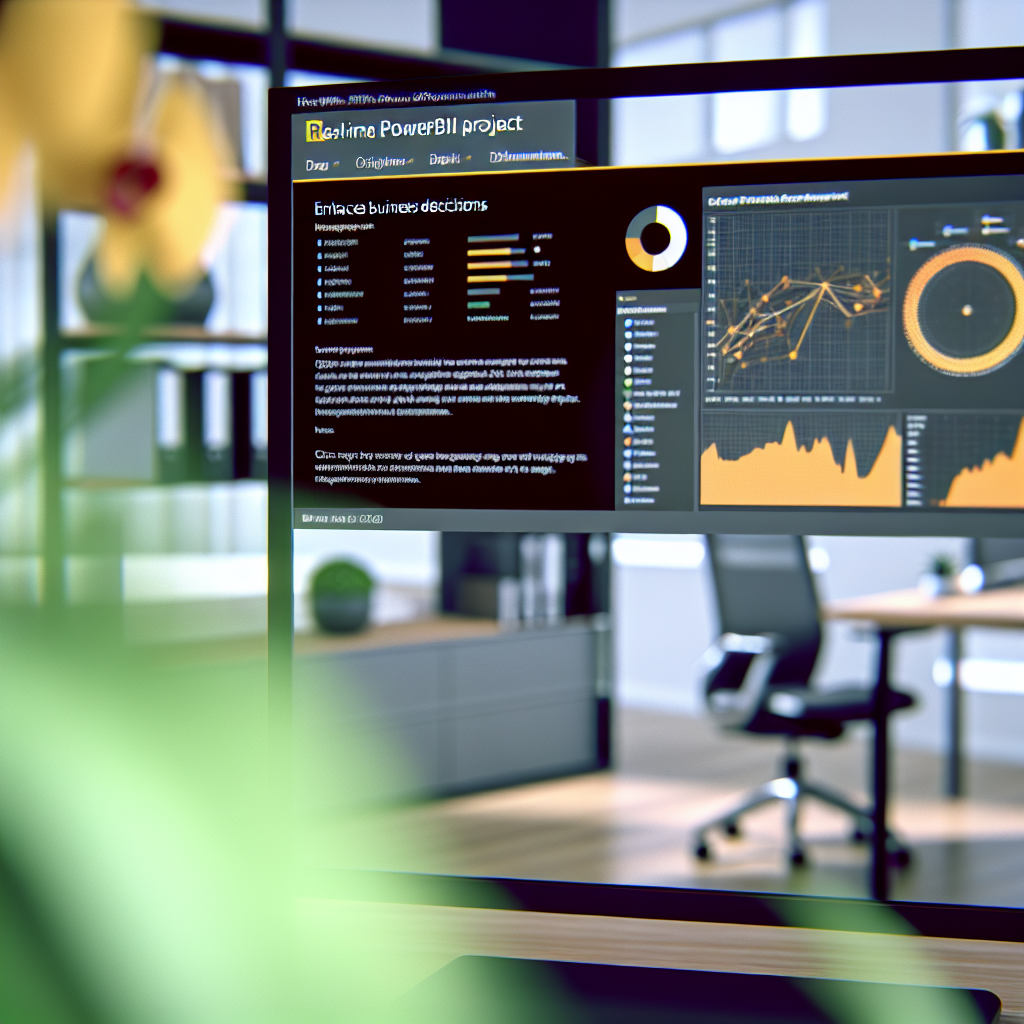Implementing a Real Time Power BI Project can revolutionize decision-making processes by providing instant insights into dynamic business operations. One exciting application is the Blinkit Analysis, which leverages live data dashboards to monitor performance metrics in real-time. In this article, we will explore how real-time Power BI projects enhance data analysis capabilities and illustrate practical use cases like Blinkit.
Transforming Business Operations with Real-Time Power BI Dashboards
Power BI is a powerful analytics tool that enables businesses to visualize and interpret data seamlessly. When integrated with real-time data feeds, Power BI dashboards can continuously update, providing stakeholders with the most current information at their fingertips. This capability is particularly valuable in high-velocity environments like Blinkit, where tracking order flow, delivery times, and inventory levels live is crucial for operational efficiency.
Setting up a Real Time Power BI Project involves connecting data sources—such as cloud databases, APIs, or streaming services—that support real-time data ingestion. Using features like Power BI Streaming Datasets and Power BI REST API, data can be pushed into dashboards immediately as it is generated. This integration transforms static reports into dynamic, interactive Power BI dashboards tailored for specific business needs.
- Live Monitoring: Observe key performance indicators (KPIs) in real-time, enabling quicker responses to issues.
- Proactive Decision Making: Make informed choices based on current data rather than outdated reports.
- Enhanced Data Accuracy: Minimize delays and errors associated with manual data updates.
Building a real-time Power BI platform for Blinkit or similar fast-paced businesses requires meticulous data architecture planning, including setting up live data streams and configuring alerts for anomalies, ensuring the decision-makers always have the latest insights.
Practical Applications and Best Practices for Power BI Data Analysts
For data analysts, creating a Power BI dashboard that reflects live Blinkit operations involves several best practices:
- Data Integration: Utilize connectors to real-time data sources such as Firebase, Azure Stream Analytics, or Kafka to enable continuous data flow.
- Dashboard Design: Design intuitive visuals focusing on critical aspects like order volume, delivery times, and customer satisfaction. Use **cards, gauges, and heat maps** for quick insights.
- Performance Optimization: Implement data reduction techniques and optimize your data models to ensure the dashboard remains responsive under high data loads.
- Alert Configuration: Set up notifications for threshold breaches, such as sudden drops in delivery speed or spikes in order cancellations, to facilitate prompt action.
Additionally, feature-rich dashboards empower teams to analyze trends, forecast future demand, and optimize logistics dynamically. As a data analyst, mastering the integration of real-time data with Power BI is vital to support agile decision-making and deliver business value.
In conclusion, a Real Time Power BI Project dramatically enhances operational efficiency, especially for fast-moving businesses like Blinkit. By leveraging live data feeds, advanced visualization techniques, and strategic data analysis, organizations can stay ahead in competitive markets. Embracing these innovative tools and practices is essential for data analysts aiming to deliver impactful insights in the digital age.
